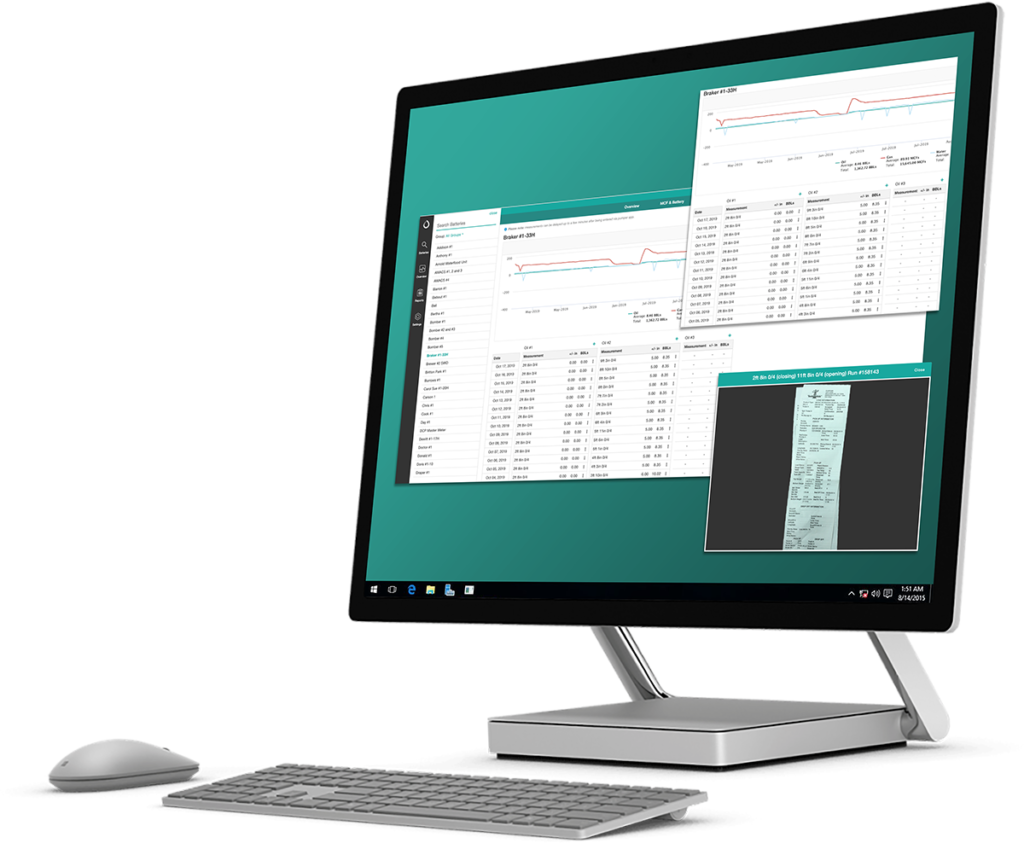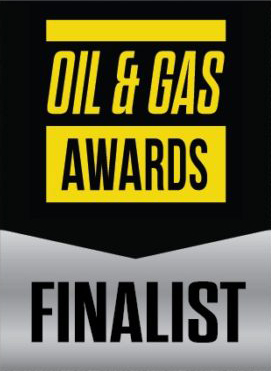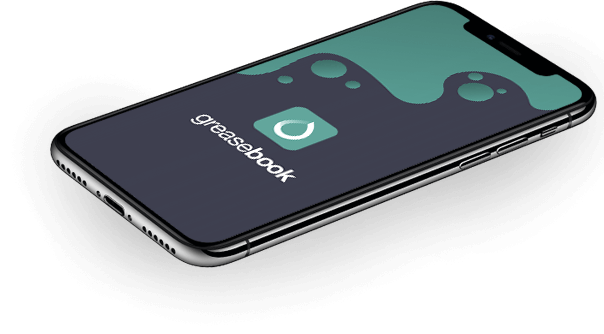May 29th, 1940 – Nebraska Finally Strikes Oil
After 50 years of unsuccessful efforts, the earliest commercial oil well in Nebraska was completed in 1940. It was located in the southeastern portion of the state, near Falls City.
To really heat up the efforts to get Nebraska on the map, there was a $15,000 dollar bonus on the table for the first well to produce 50 BOPD for two months straight. The prize money went to Bucholz No. 1, a well discovered by Pawnee Royalty Company that was producing around 170 BOPD for 60 days. This well was just 5 miles from a vein of petroleum that geologists first found in 1883 and proved to be a steady source of oil for the region.
Today, most of Nebraska’s oil production in more centralized, with nearly all oil production taking place in the panhandle area of the state.

May 30th, 1911 – The First Ever Indy 500
On May 30th, 1911, 40 cars raced in the first Indianapolis 500, kicking off what would come to be over a century of racing tradition. The winner had an average speed of about 75 MPH.
The winning car, No. 32 Marmon Wasp, was the only automobile that didn’t have two seats. Many drivers raced with a riding mechanic to pump oil for them, but the driver, Ray Harroun, developed a kerosene carburetor that allowed him to drive solo. He declared that soon, he would have a vehicle that would burn anything the “fuel people” send.
Gasoline powered fewer than 1,000 of all American cars 10 years before the Indy 500. Since gasoline was such a new marvel in the automotive world, this new sport of auto racing really emphasized endurance, as race itself that lasted nearly seven hours.
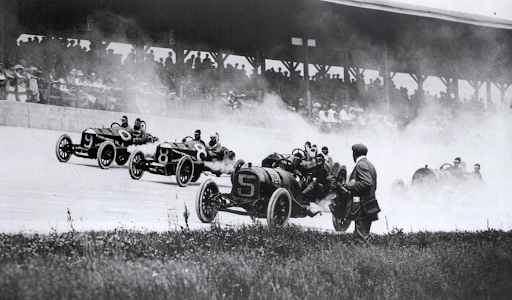
May 30th, 1987 – Opening of the West Texas Million Barrel Museum Museum
In 1987, the Million Barrel Museum was established in Monahans, Texas as an homage to the bustling oil industry of the area. The main draw of the museum was an elliptical storage tank constructed in 1928 to store oil from the Permian Basin.
This massive concrete tank measures in at 525 feet by 422 feet. It had the capacity to hold one million oil barrels. While the West Texas region was productive, it lacked oil pipelines and relied on tanks like this for storage while transportation could be arranged.
This tank’s 30 foot walls were sloped at an angle of 45 degrees and coated with concrete, while the roof was created using California Redwood. Despite that, oil continuously leaked from the seams. Shell later abandoned the structure and it became a waterpark in the 1950s. The waterpark later closed when it began leaking once again.
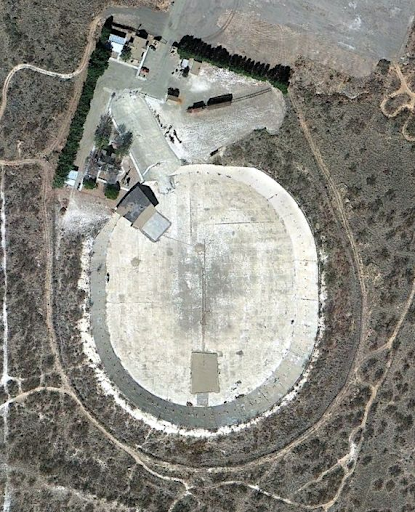
June 1st, 1860 – Printing of The Wonder of the Nineteenth Century
In 1860, Thomas Gale published the earliest book about American petroleum. The 80-page pamphlet was titled The Wonder of the Nineteenth Century in Pennsylvania and Elsewhere. It was published within a year of Edwin Drake discovering oil in Titusville, Pennsylvania, and described, in great detail, this new source of fuel for illumination.
In his book Gale declared that the light produced was close to clear and strong daylight. He described it as “bright and still cheap, a light for royalty and civilians alike.”
June 1st, 1940 – “Art in Action” Exhibition
The now infamous Oil Field Girls painting by Jerry Bywaters debuted in 1940. The unveiling took place at San Francisco’s Golden Gate International Exposition in the Fine Arts Palace. This painting featured two young women in a booming oil patch in West Texas and quickly became one of Bywaters’ most popular works.
Nearly 70 artists including the notable Diego Rivera took part in the ‘Art in Action’ exhibition. Next, the ‘Oil Field Girls’ painting was moved to the Dallas Museum of Art before it was added to the collection at University of Texas in the Blanton Museum of Art.
Later that year, Bywater finished a companion piece called Oil Rig Workers (Roughnecks).

June 2nd, 1908 – Discovery Along Goose Creek
In the middle of Galveston Bay, some 21 miles east of Houston, Texas, Goose Creek Production Company successfully completed the first offshore drilling venture near Texas. Two years before this a landowner in the area noticed bubbling in the water where the bay met Goose Creek.
Curious to learn more about the commotion, he lit a match and discovered the bubbles were actually natural gas.
The oil in the marsh was located nearly 2,000 feet below ground. Days after the discovery, the Goose Creek Production Company sold to Texaco. (Known as Texas Company at the time).
During this ground-breaking drilling venture, Howard Hughes Sr. also tested his dual-cone bit for the first time. The bit would go on to make inaccessible oil reserves accessible; forever changing the landscape of the oil industry.
June 3rd, 1979 – The Campeche Spill
On June 3rd, 1979, the world saw what would be one of the biggest oil spills in history, when the Sedco 135, a semi-submersible rig, suffered a major blowout. The rig was rilling in 150 feet of water, just 50 miles from the Gulf Coast of Mexico.
State-owned Pemex was able to reduce the oil flow to around 20,000 BOPD. However, they couldn’t completely stop the rupture and oil continued to spill. The total reached more than 3 million barrels before it was controlled with relief wells nine months later.
The impact of the spill on the environment was limited when considering its size. This was detailed in a report published by the Coordinated Program of Ecological Studies in the Bay of Campeche. The report states that nature attacked the slicks as they crossed the gulf. Ultraviolet light, microorganisms and hot temperatures all contributed to the process, while category four hurricane Frederic helped to dispersed the oil.
June 4th, 1892 – Fires and Floods
A dam along Oil Creek ruptured following weeks of rain in Pennsylvania leading to one of the most deadly disasters of its kind. The floods killed upwards of 100 people while leveling businesses and homes in Oil City and Titusville. Unfortunately, the disaster only continued when fires emerged.
According to the New York Times, the city faced the most dangerous fire and floods ever recorded. The studio of John Mather, an oilfield photographer was destroyed along with 16,000 of his negatives. In 1915, Mather died and the Drake Well Memorial Association acquired the remaining negatives. This museum still preserves them today.

June 4th, 1872 – The Invention of Petroleum Jelly
In 1872, new product derived from petroleum was patented by Robert A. Chesebrough and would go on to be one of the most widely used commercial products of its type. Created from petroleum distillation and designed to work as a lubricant, Chesebrough would go on to name this new product ‘vaseline’.
The young chemist first visited Pennsylvania oil fields in 1865 when he noticed that drilling was confounded by a waxy substance that would clog the wellhead. The rod wax was used as first aid to treat burns, abrasions and other common wounds that crew faced in the field.
Later, Chesebrough went back to New York and started working to purify this wax. He called the wax petroleum jelly. Chesebrough then decided wanted to test the product on himself. To do so, he inflicted minor burns and cuts on his skin and then applied the product to test its healing prowess.
Female customers quickly discovered that mixing Vaseline and lamp black could create mascara. When Miss Mabel Williams started using this concoction as part of her own beauty routine, she quickly developed the idea to start a massive company that would go on to be the beauty enterprise Maybelline.





